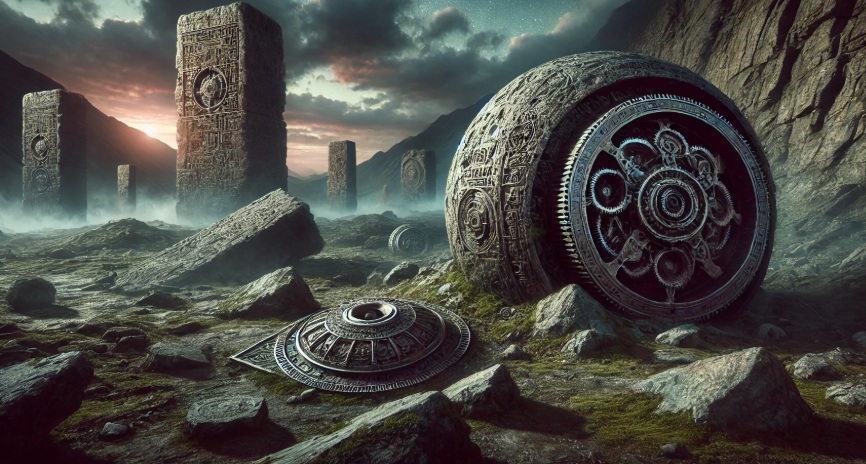
Nestled in the lush green hills of Meghalaya, the Living Root Bridges stand as breathtaking symbols of harmony between humans and nature. Found mainly in the Cherrapunji and Mawlynnong regions of the East Khasi Hills, these bridges are not built — they are grown over decades by the indigenous Khasi and Jaintia tribes.
A Marvel of Natural Engineering
Unlike conventional bridges made of steel or concrete, these remarkable structures are made from the aerial roots of the Indian rubber tree (Ficus elastica). The Khasi people ingeniously guide these roots across streams and rivers using bamboo scaffolds and hollow trunks. Over the years, the roots strengthen, intertwine, and naturally anchor into the opposite riverbanks, forming sturdy, self-renewing bridges that can last hundreds of years.
Some of these bridges stretch over 50 meters in length and can hold the weight of dozens of people at a time. The most famous among them, the Double Decker Living Root Bridge of Nongriat, has become a global icon of eco-friendly innovation and indigenous wisdom.
A Blend of Culture and Sustainability
The Living Root Bridges represent far more than an engineering wonder — they reflect the sustainable lifestyle of Meghalaya’s hill communities. Instead of cutting trees or using synthetic materials, the locals nurture living plants to meet their needs, proving that development and nature can coexist.
Each bridge is a community effort, cared for by generations who ensure its survival through maintenance and guidance of new roots. This tradition highlights an age-old principle — that humans are not separate from nature but are part of it.
A Journey Through the Clouds
Visiting the Living Root Bridges is more than just sightseeing — it’s an experience. Reaching these wonders involves trekking through rain-drenched forests, passing crystal-clear streams, and descending hundreds of stone steps. Along the way, visitors witness biodiversity at its finest, from orchids and butterflies to the melody of cascading waterfalls.
The Nongriat Double Decker Bridge remains a favorite among adventurers. Though the journey is challenging, the reward — standing upon a living, breathing bridge surrounded by misty valleys — is unforgettable.
Preserving Nature’s Legacy
As tourism in Meghalaya grows, it is essential to protect these living monuments. The government and local communities have taken steps to promote eco-tourism, ensuring that the beauty and integrity of the bridges remain intact for future generations.
Sustainable travel, respect for tribal customs, and minimizing plastic waste are small yet impactful ways to contribute to this conservation effort.
Takeaway
The Living Root Bridges of Meghalaya remind us that nature, when respected and understood, offers solutions that modern technology often overlooks. They stand as living testaments to human creativity, patience, and the timeless bond between people and their environment.
So, the next time you find yourself craving a connection with nature, step into the misty forests of Meghalaya, and walk across a bridge that’s alive.






